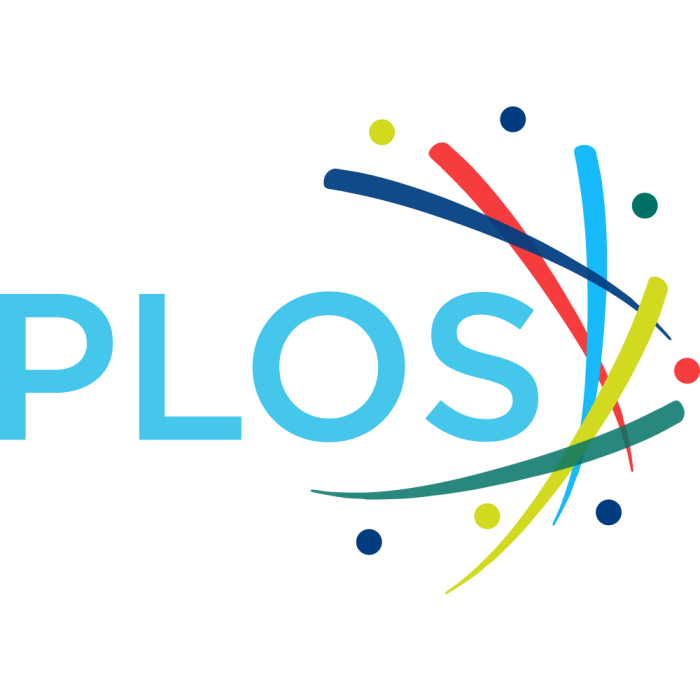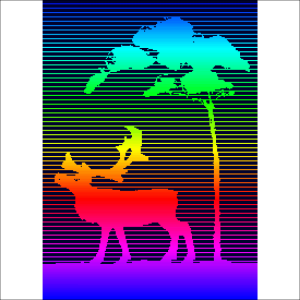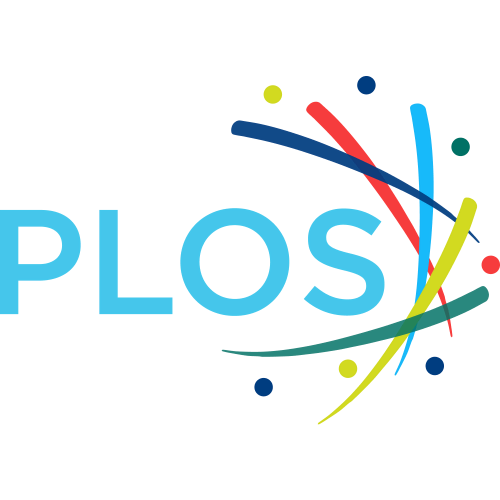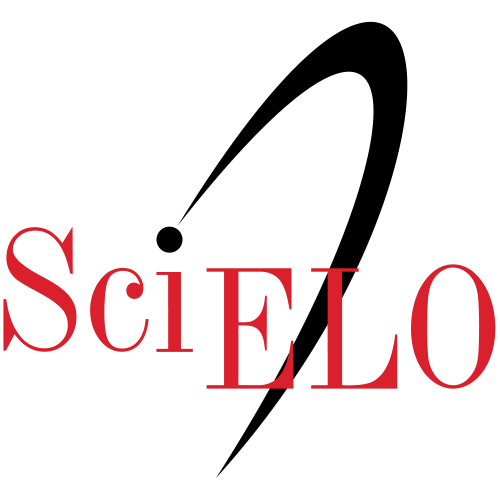
Reduced soil fauna decomposition in a high background radiation area
Decomposition of litter and organic matter is a very important soil ecosystem function where soil fauna play an important role. Knowledge of the responses in decomposition and soil fauna to different stressors is therefore crucial. However, the extent to which radioactivity may affect soil fauna is not so well known. There are some results showing effects on soil fauna at uranium mines and near Chernobyl from relatively high levels of anthropogenic radionuclides. We hypothesize that naturally occurring radionuclides affect soil fauna and thus litter decomposition, which will covary with radionuclide levels when accounting for important soil parameters. We have therefore used standardised litterbags with two different mesh sizes filled with birch leaves (Betula pubescens) to assess litter decomposition in an area with enhanced levels of naturally occurring radionuclides in the thorium (232Th) and uranium (238U) decay chains while controlling for variation in important soil parameters like pH, organic matter content, moisture and large grain size. We show that decomposition rate is higher in litterbags with large mesh size compared to litterbags with a fine mesh size that excludes soil fauna. We also find that litter dried at room temperature is decomposed at a faster rate than litter dried in oven (60⁰C). This was surprising given the associated denaturation of proteins and anticipated increased nutritional level but may be explained by the increased stiffness of oven-dried litter. This result is important since different studies often use either oven-dried or room temperature-dried litter. Taking the above into account, we explore statistical models to show large and expected effects of soil parameters but also significant effects on litter decomposition of the naturally occurring radionuclide levels. We use the ERICA tool to estimate total dose rate per coarse litterbag for four different model organisms, and in subsequent different statistical models we identify that the model including the dose rates of a small tube-shape is the best statistical model. In another statistical model including soil parameters and radionuclide distributions, 226Ra (or uranium precursory radionuclides) explain variation in litter decomposition while 228Ra (and precursors) do not. This may hint to chemical toxicity effects of uranium. However, when combining this model with the best model, the resulting simplified model is equal to the tube-shape dose-rate model. There is thus a need for more research on how naturally occurring radionuclides affect soil fauna, but the study at hand show the importance of an ecosystem approach and the ecosystem parameter soil decomposition.
Top-30
Journals
|
1
|
|
|
Environmental Monitoring and Assessment
1 publication, 16.67%
|
|
|
Journal of Environmental Radioactivity
1 publication, 16.67%
|
|
|
PLoS ONE
1 publication, 16.67%
|
|
|
Ciencia Animal Brasileira
1 publication, 16.67%
|
|
|
Applied Soil Ecology
1 publication, 16.67%
|
|
|
Regional Studies in Marine Science
1 publication, 16.67%
|
|
|
1
|
Publishers
|
1
2
3
|
|
|
Elsevier
3 publications, 50%
|
|
|
Springer Nature
1 publication, 16.67%
|
|
|
Public Library of Science (PLoS)
1 publication, 16.67%
|
|
|
SciELO
1 publication, 16.67%
|
|
|
1
2
3
|
- We do not take into account publications without a DOI.
- Statistics recalculated weekly.






